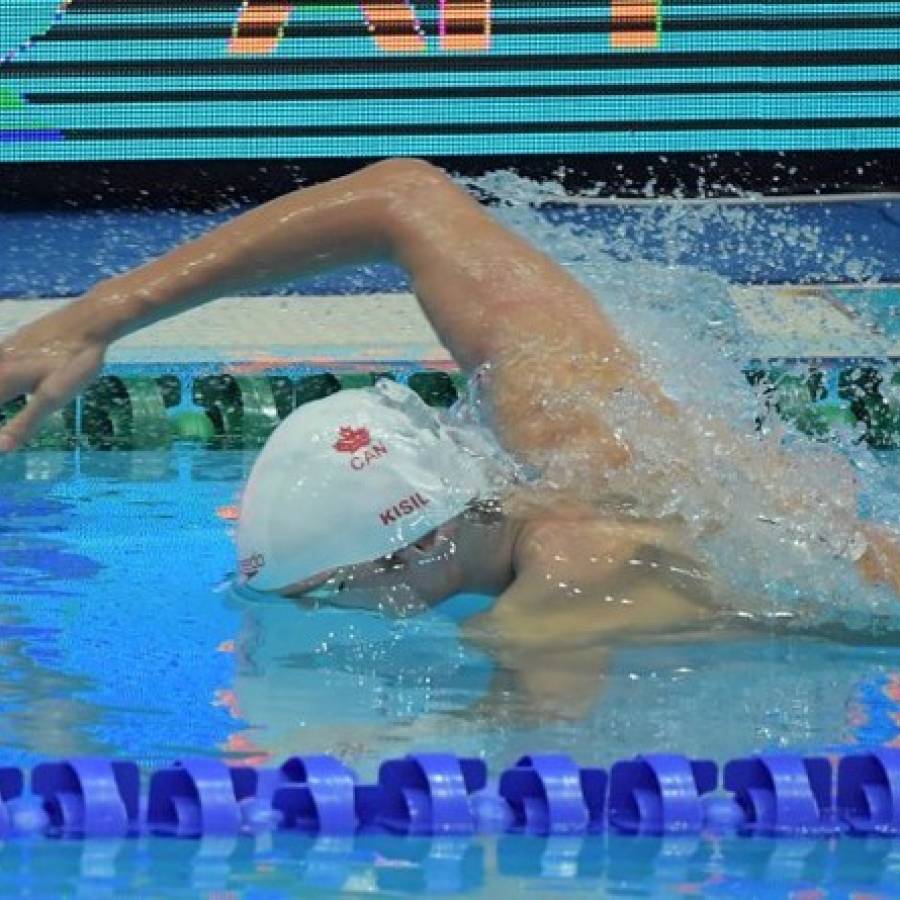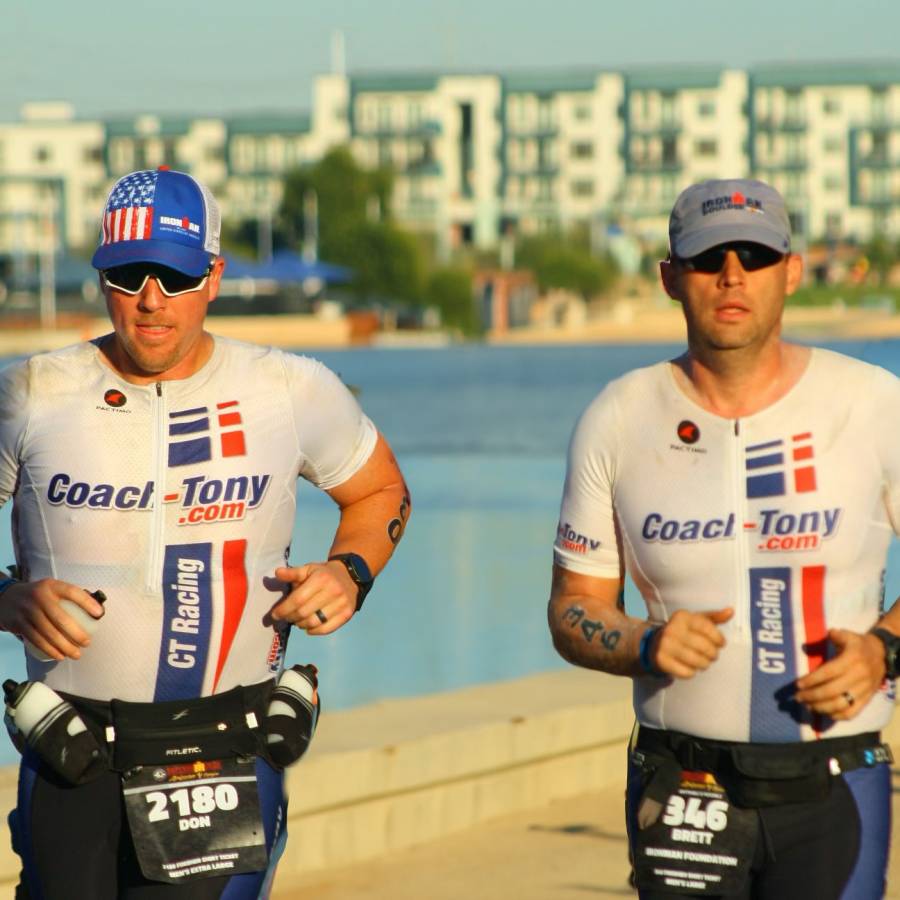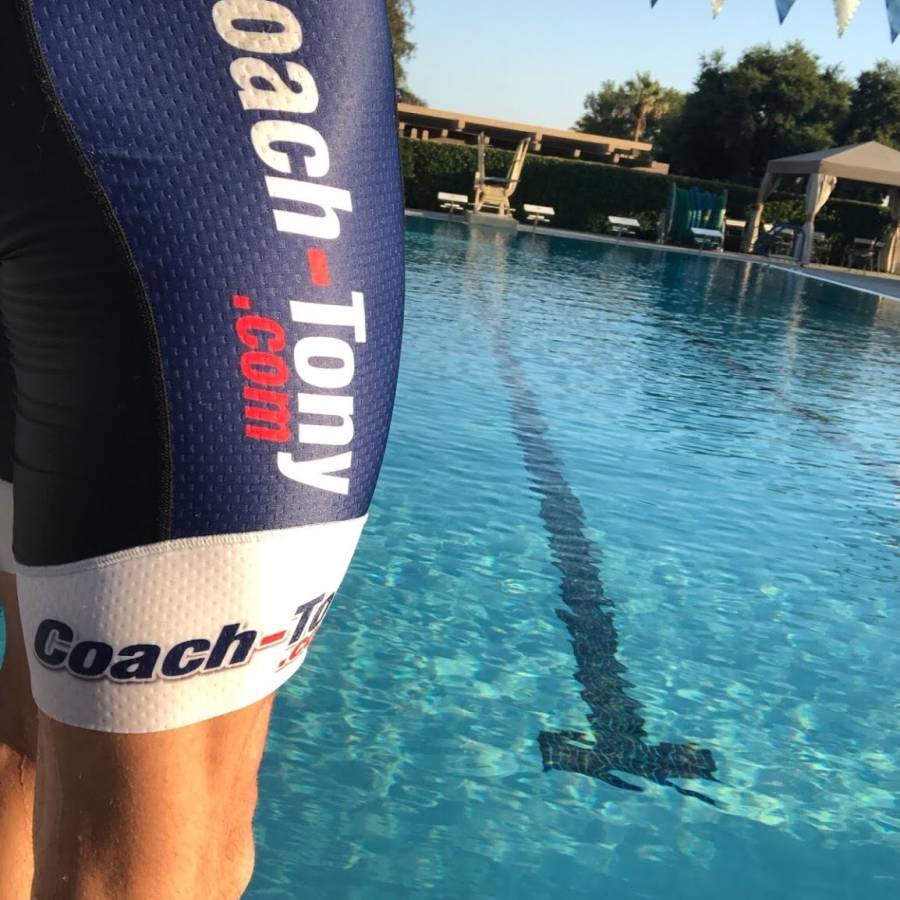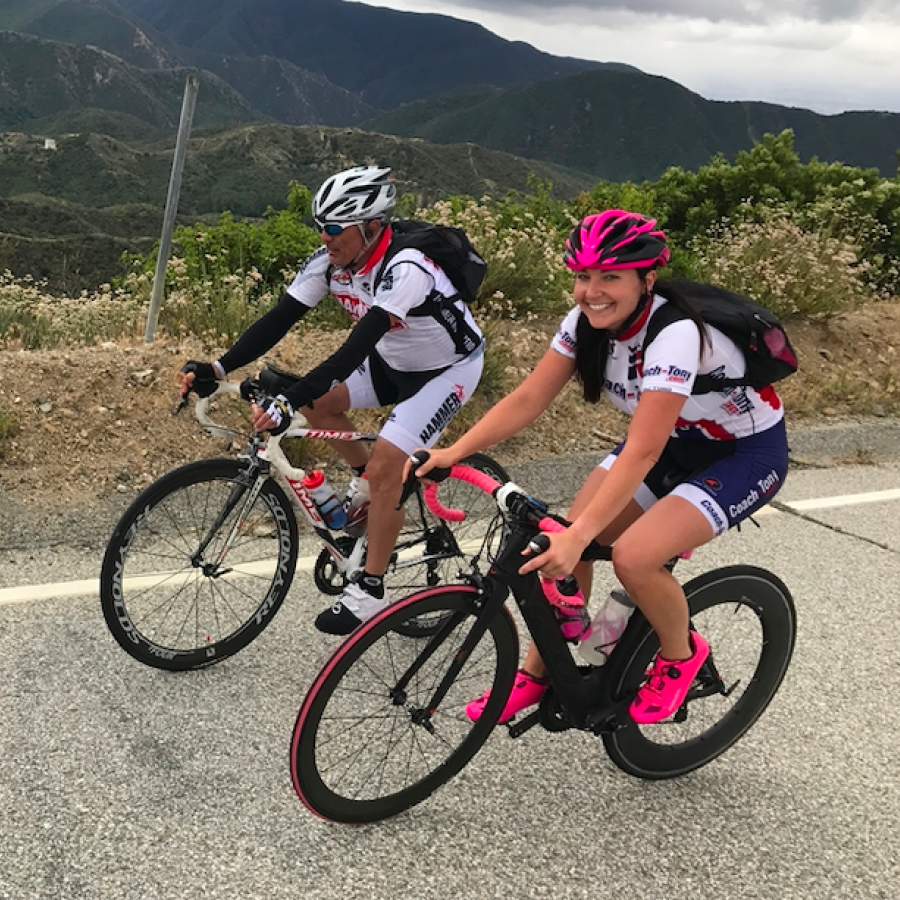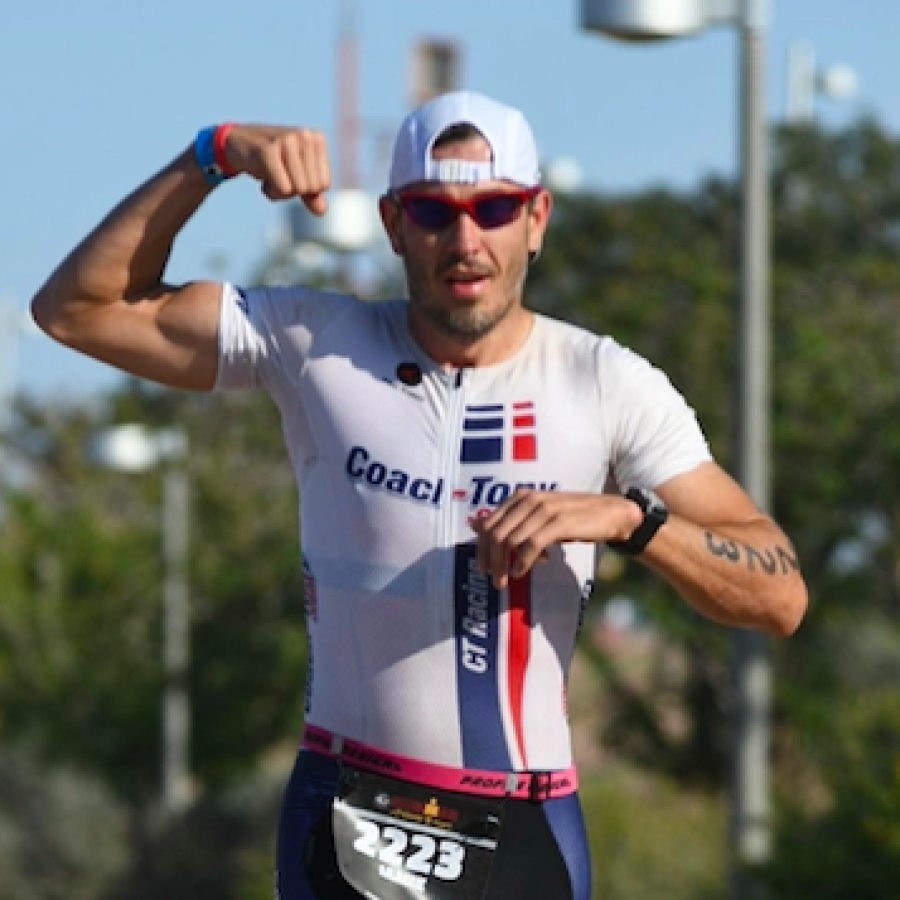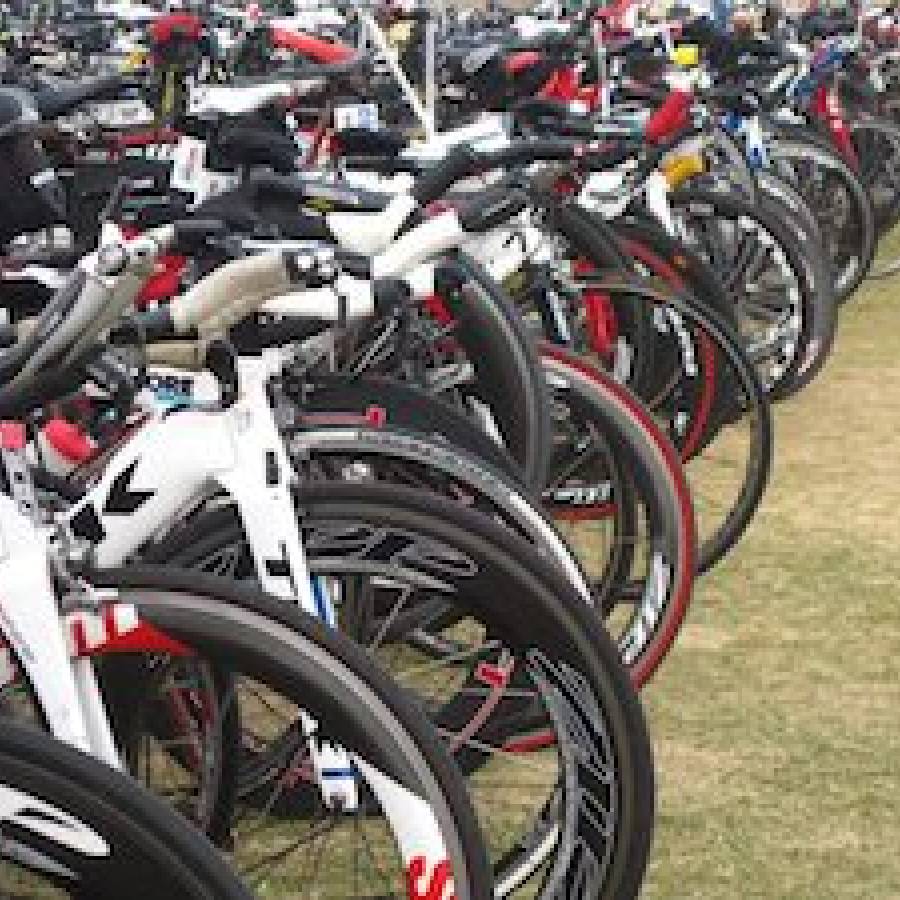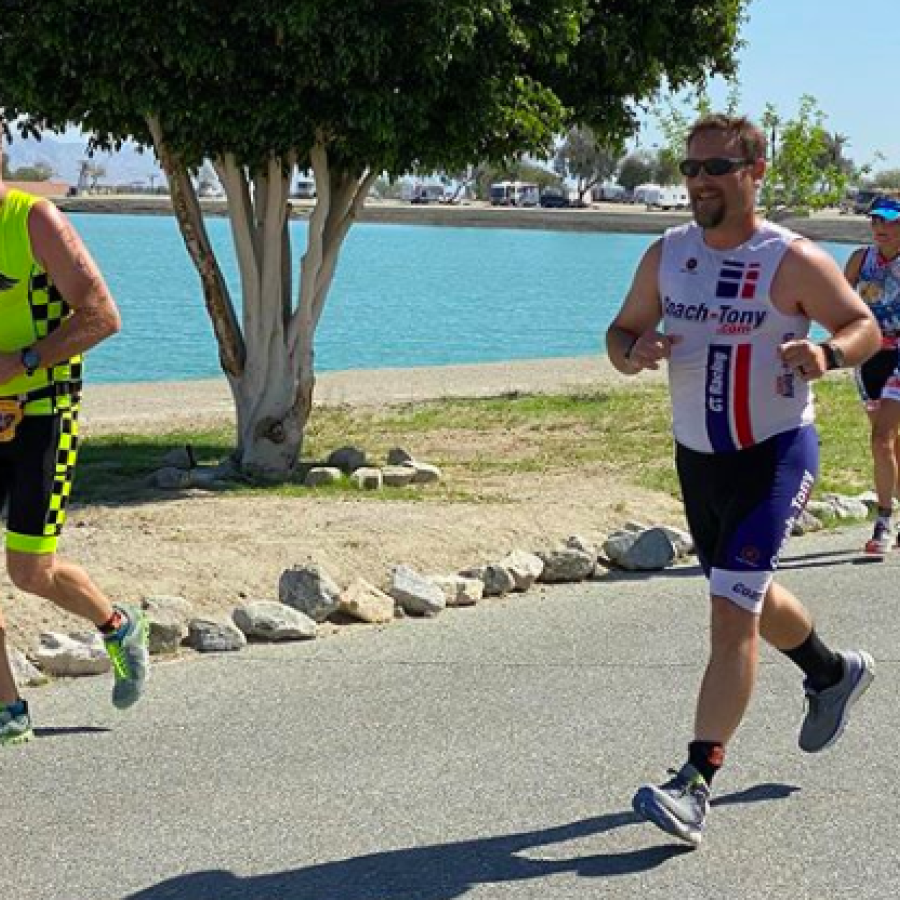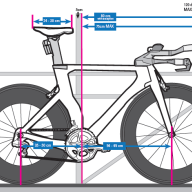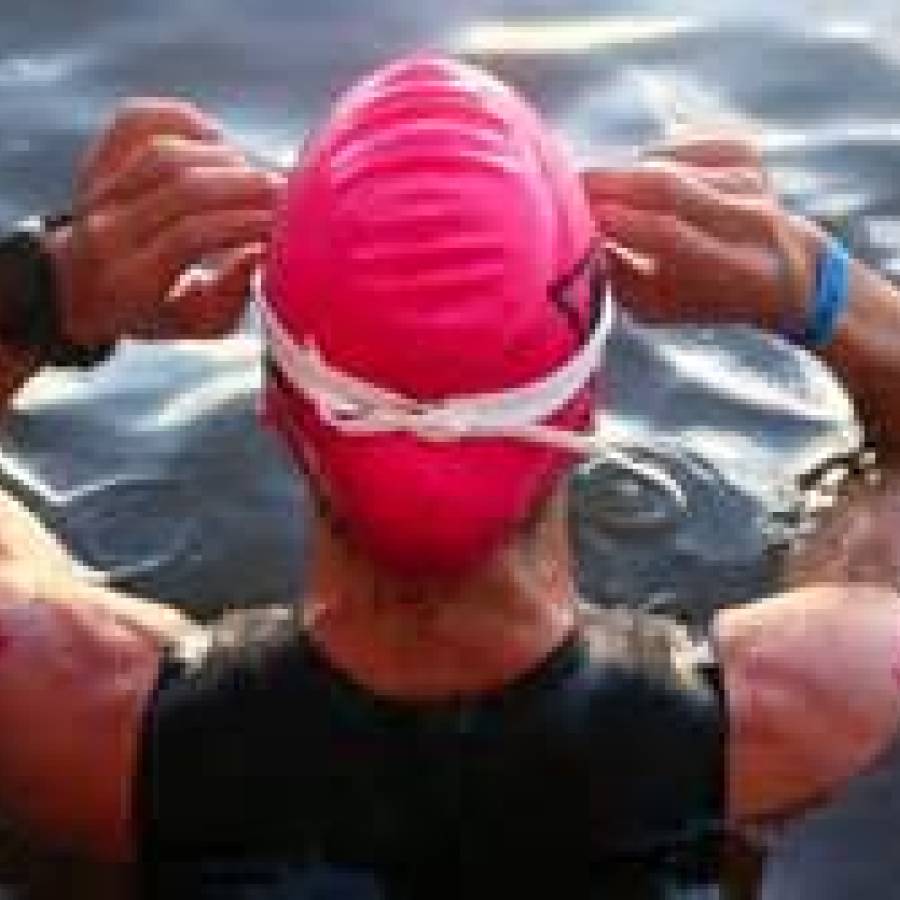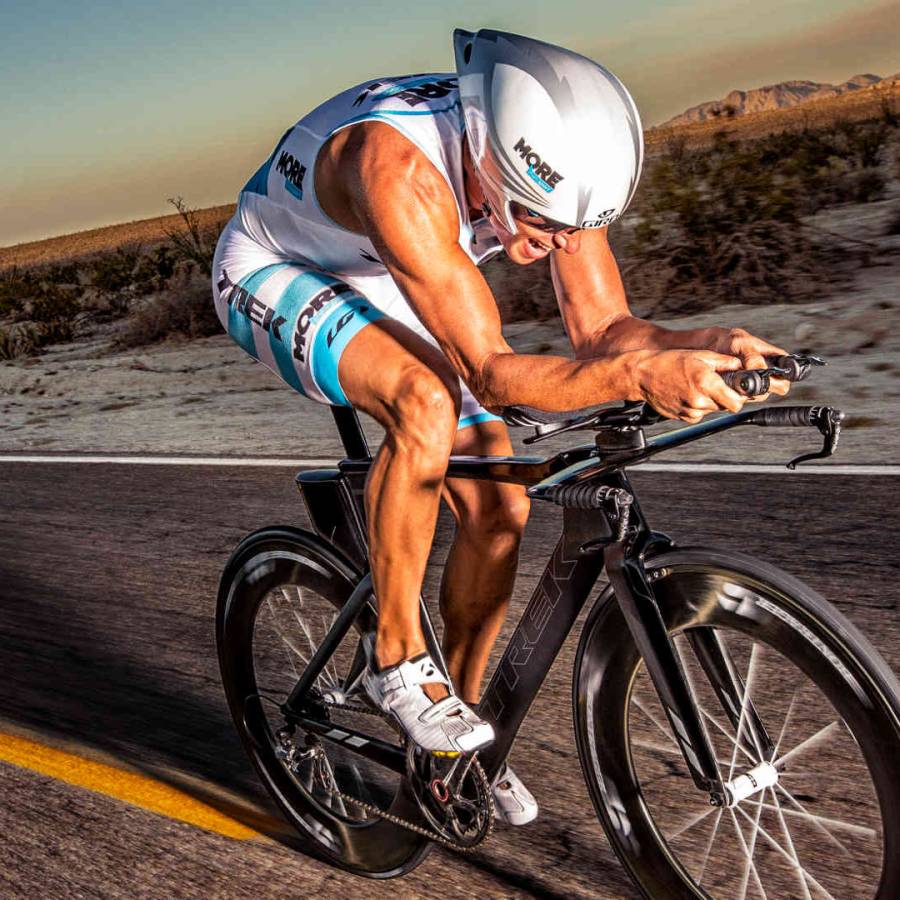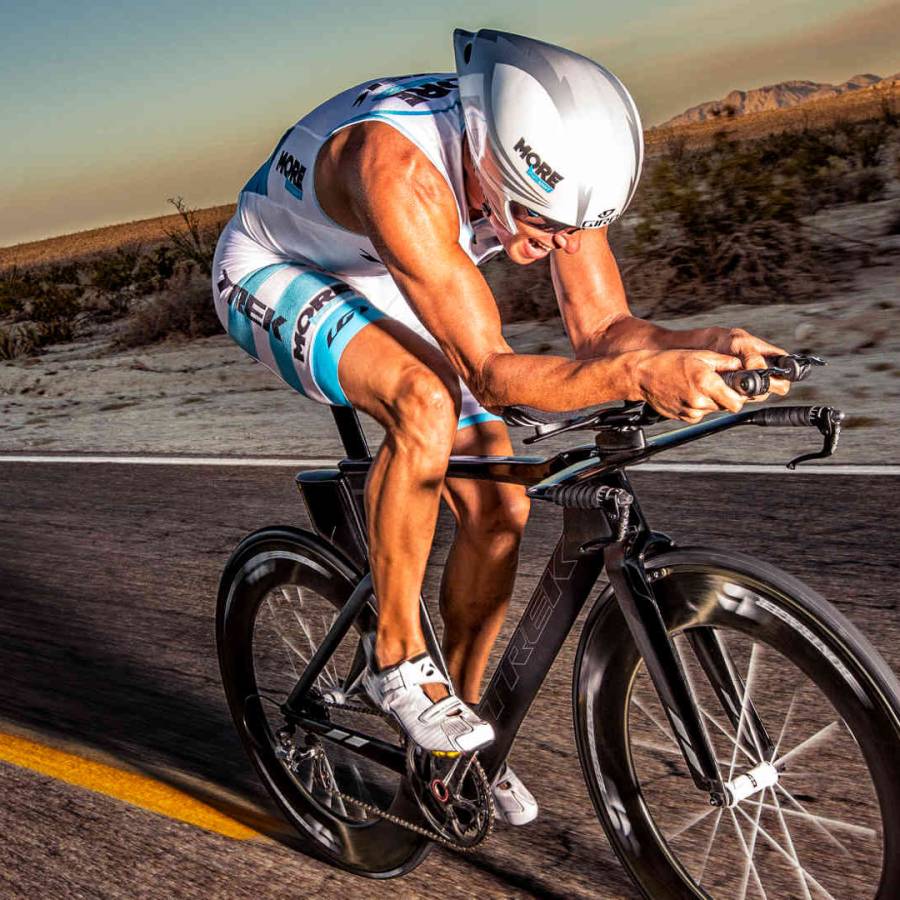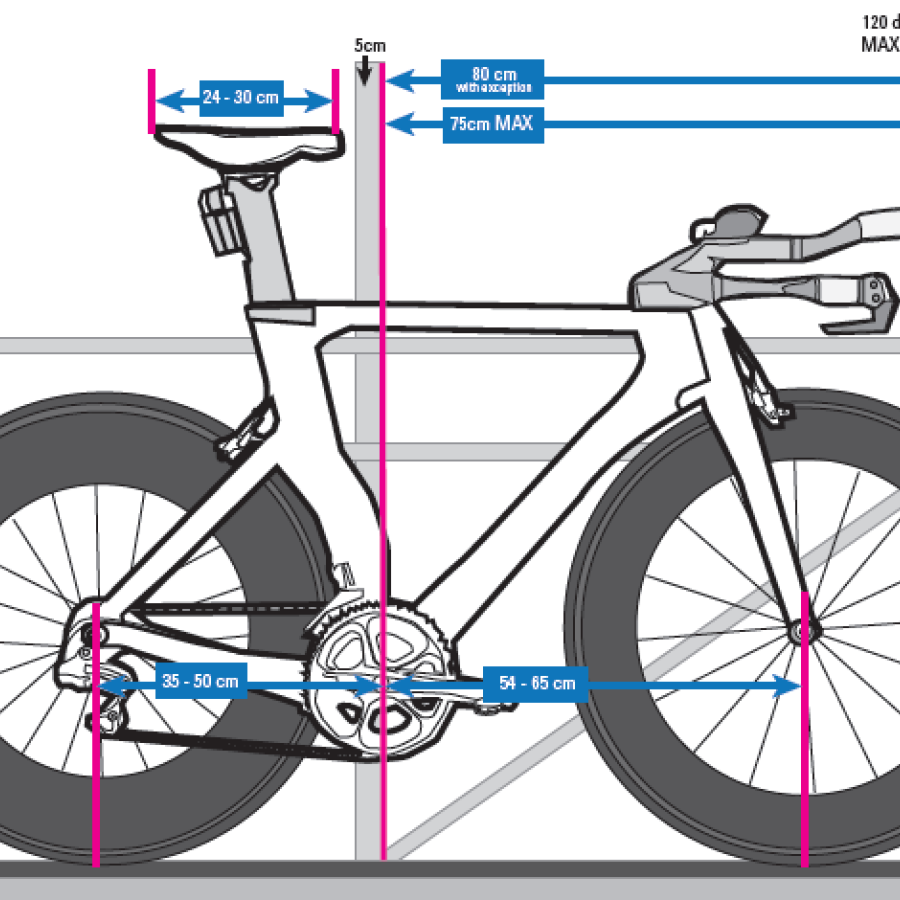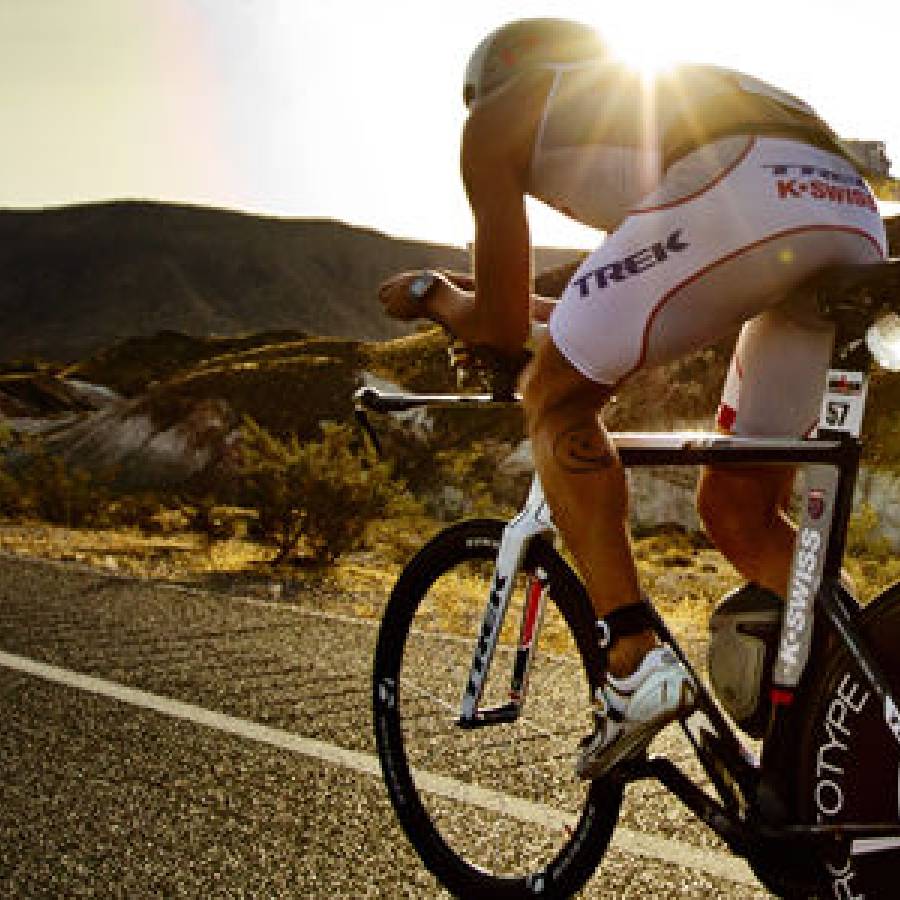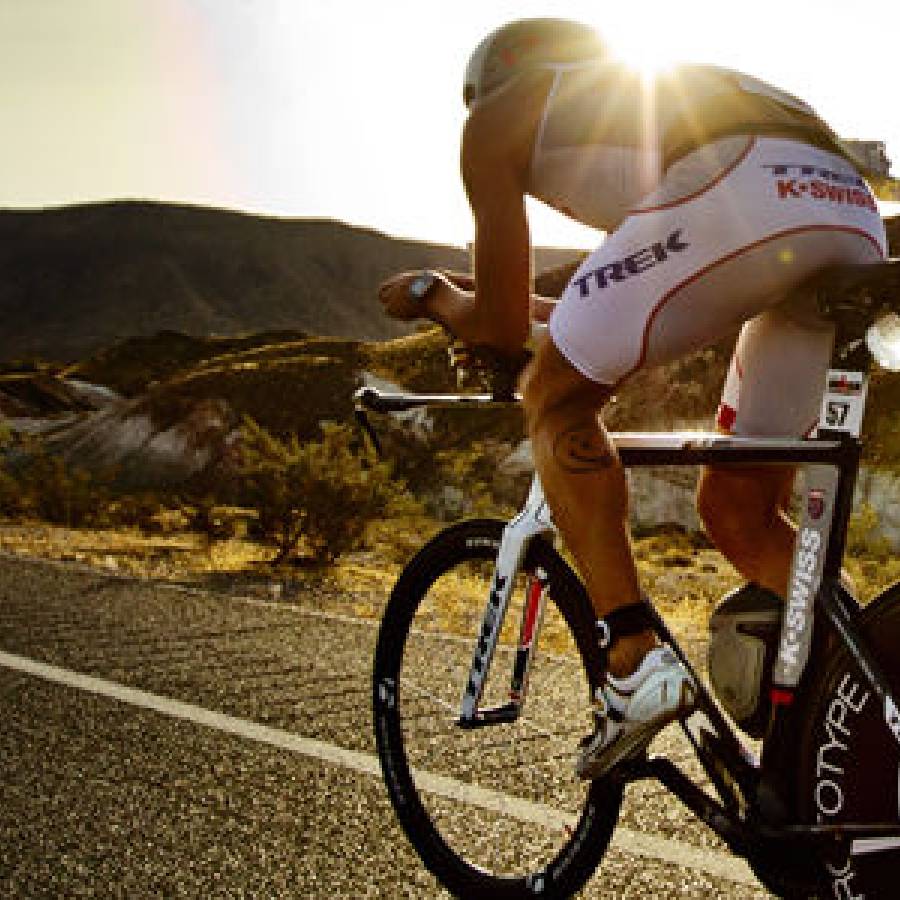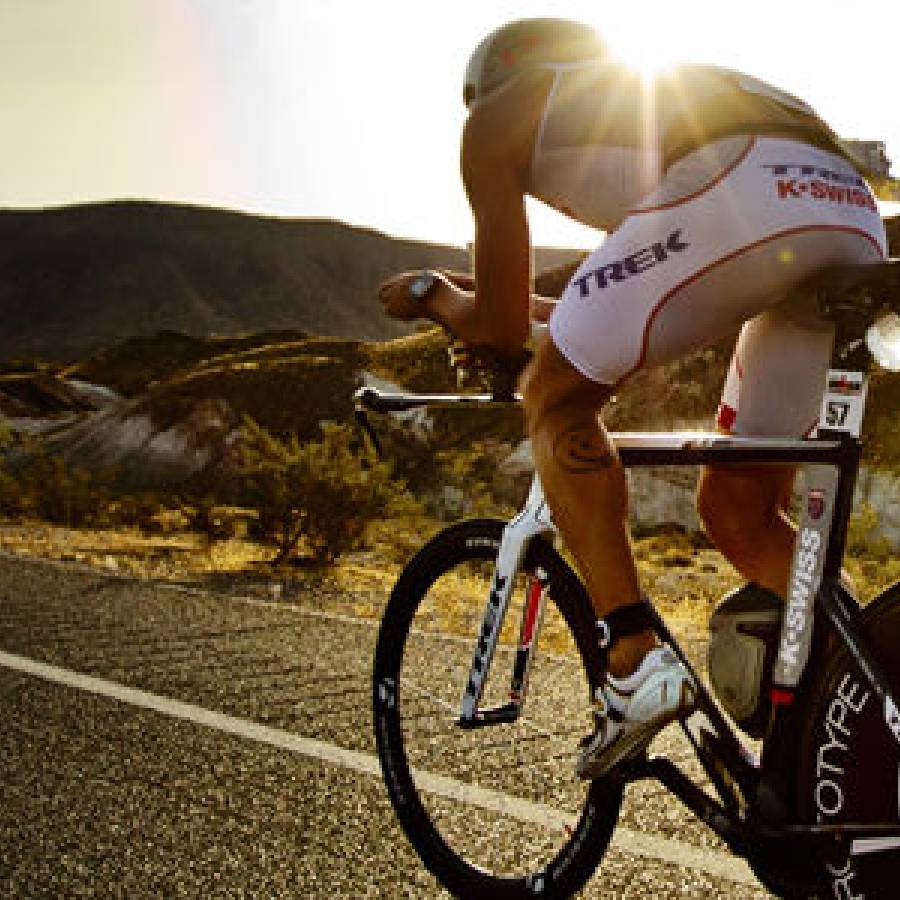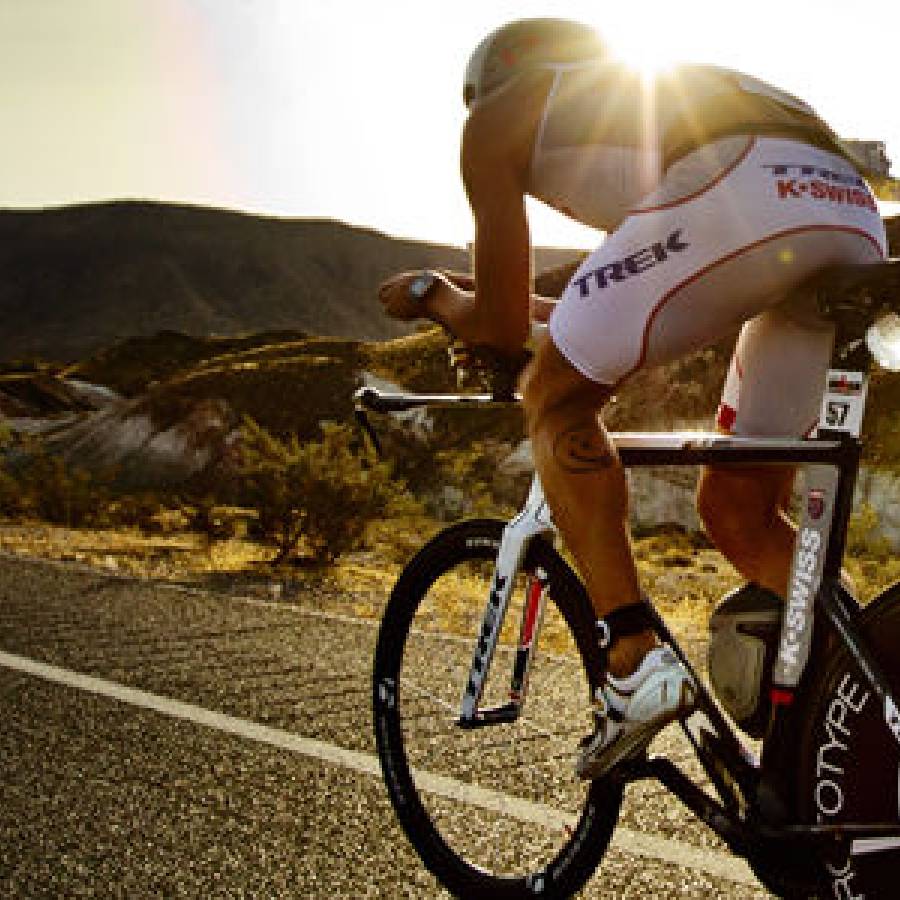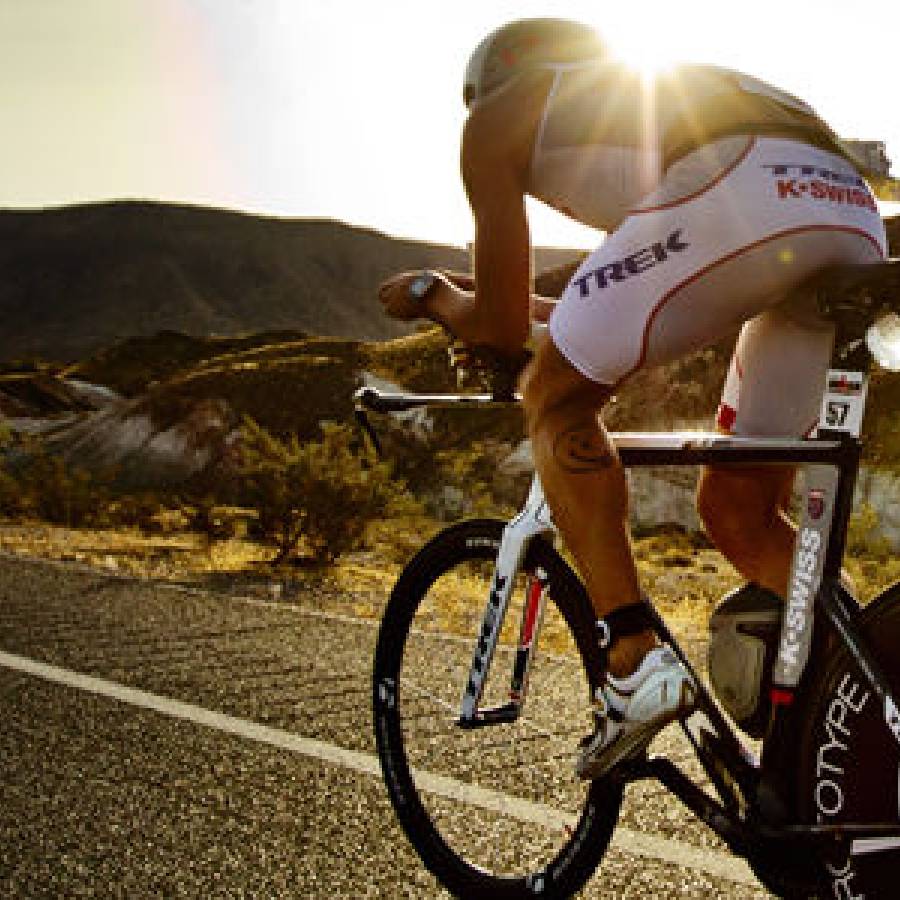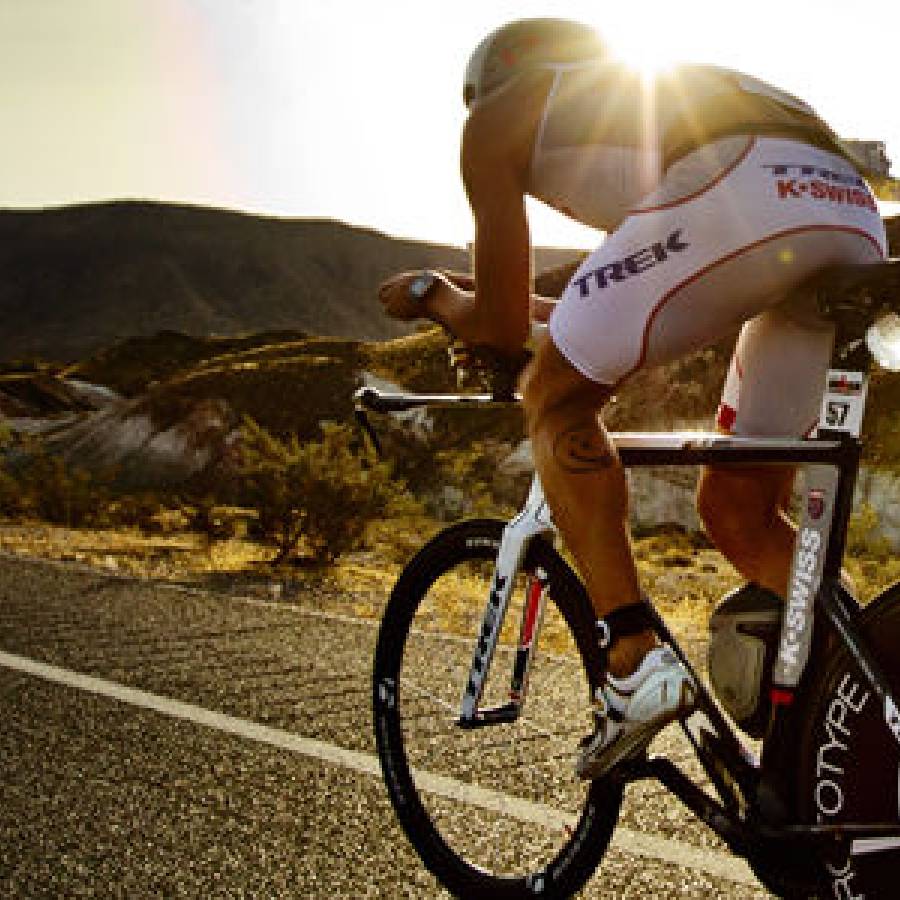
Swim panic, and associated hyperventilation, is often experienced by both new triathletes and veteran triathletes in cold water. It’s a misnomer this is a concern limited to new triathletes. Dealing with triathlon swim panic is also why some experienced triathletes think twice before committing to cold-water events. Understanding the factors that contribute to open water swim panic, preparing accordingly, recognizing the emotion when it begins, and knowing how to react are all important towards overcoming a negative experience and having good swim regardless of your triathlon experience level.
Hyperventilation is rapid or deep breathing that can occur with anxiety or panic. It is also called over-breathing, and may leave you feeling breathless. Involuntary hyperventilation can occur in response to both physical and/or emotional stress or fear. If humans were meant to swim, we would have been born with gills. Without gills, we are left to adapt to a new environment; one very different from our own. When we attempt to compete (raise our heart rate) in an unrecognized or uncomfortable environment, we are more likely to panic and experience hyperventilation. Here are a few open water swim tips to help new and experienced triathletes better manage the situation and prevent hyperventilation:
Wetsuit
Wear a triathlon wetsuit. Triathlon wetsuits are made specifically to support your swimming needs. They are more form fitting than diving or surfing suits with varying degrees of thickness triathletes need to compete. More specifically, wear a full wetsuit. Sleeveless suits allow heat to escape through your arms. Fit is important. The purpose of a triathlon wetsuit is to keep you warm, make you buoyant, and facilitate your swim. A good fitting wetsuit accomplish all three. A poor fitting wetsuit may allow too much water in between you and the wetsuit, cause skin rash, and/or perform more like a parachute than a wetsuit thereby failing all three objectives. Keep in mind, according to USA Triathlon rules, wetsuits are only allowed at triathlons with water temperatures of 75 degrees Fahrenheit or below.
Keep Your Head Warm
Consider wearing two caps. You lose most of your heat through your extremities; primarily your head followed by hands and feet. Doubling your swim cap helps your head stay warm(er). Try a thicker cap below, followed by your goggles and then the race provided (usually thin) race colored cap on top. This protects your goggles from accidental removal courtesy of your competition. Another option for head warmth is to wear a neoprene swim cap. Neoprene is better suited for cold water than standard latex. However, some athletes find neoprene swim caps claustrophobic.
Keep Your Face Warm
Place a thin layer of Vaseline on your face to temper the shock of the cold water. This won’t help you for the duration of the swim but will allow you to gradually acclimate your face to the water’s temperature.
Swim Booties
You lose a lot of heat through your feet. Neoprene swim socks, also known as Swim Booties, will not only keep your feet warm, they are great for protecting your feet once out of the water as you head to transition. Keep in mind, the more you wear, they longer your transition will take. Neoprene socks are a good idea, but you may want to use these mostly on training swims, as they can be a hassle when it comes to transitioning to your bike on race day. It’s up to you to find the appropriate balance between comfort/warmth and speed.
Earplugs
When the water drops below 60 degrees, earplugs help keep your core temperature up. Swim wax is a good substitute.
Learn to Manage the Panic
In the weeks prior to your race, practice swimming in cold water. In a safe environment, in shallow water, with other swimmers (or lifeguards near), you want to purposely trigger the panic caused by cold water. At first, it can be a shock to your system that can lead to the hyperventilating feeling. Practicing in a safe environment allows you to (1) throttle the extent of the shock you experience, (2) allows you to immediately remove yourself from the feeling of panic, and (3) safely and confidently repeat the process until you learn how to overcome the panic and hyperventilating feeling. You will want to swim slowly until you catch your breath. With practice you will get used to recognizing the feeling and adjust accordingly by slowing down or even stopping, relaxing, controlling your breathing and if needed request assistance or swim to the lifeguards.
Warm Up
On race day, after setting up transition, 10-15 minutes prior to your wave start, do a swim warm-up. Start be getting in the water waist deep and submerge your face to blow bubbles. When the cold water hits your face, the shock causes your lungs to contract, causing breathing problems. Blowing bubbles helps alleviate the shock of the cold water. Then dunk yourself several times completely submerging yourself. This is going to sound silly but the goal is to invite the shock and the panic so that you can deal with it prior to the race start without all the other commotion (race start, urgency of the race, crowded swim start, bumping into other athletes, getting swam over, etc.…). Acclimation to the water needs to happen regardless of the water’s temperature. Acclimating prior to the race start will minimize the shock effect during the race start allowing you to focus on your swim and get into a stroke rhythm much sooner.
Some races don’t allow a warm up. Oceanside 70.3, for example has so many waves that your warm up is the 2-3 minute span between waves that requires you to swim from the dock to the swim start several hundred yards away. In this case, seed yourself accordingly and use the first couple of buoys of the race to warm up. Your practice will come in handy in this type of race. Other races allow you to warm up but then require you to exit the water before the first wave begins. If you’re in one of the later waves, don’t think your warm up went to waste. Having done the warm up gives you the appropriate mind set to face the water prepared. Lastly, there are open water swim starts where you jump in the water and swim out to a start location. While these races usually allow for ample time to warm up, they require you to jump into the water accelerating the shock treatment.
Delayed Reaction
In some cases, panic doesn’t set in right away giving you the false impression your body is acclimated. As you settle into your swim stroke, the other race stresses build and so might your panic. Slow down, focus on relaxation and your breathing. At this moment, the race clock is insignificant. Your safety is most important followed by moving you forward in the water. You will lose more time fighting the panic (and possibly endanger yourself) than if you stop, regroup, and continue after your breathing is under control. If needed, flip over on to your back and allow the wetsuit to do its job; keep you afloat. This allows you to gather yourself and reduce any anxiety. Forget the race for a moment and focus on returning to a place of comfort, both mind and body. When ready, flip back over and continue. Repeat as often as needed to remain safe. Note, if you decide to flip on to your back, best to do it out of the path of other swimmers if possible (sometimes it's not).
Seed Yourself Accordingly
There are varying opinions on this one and therefore you are the best judge based on your experience and confidence. Fast swimmers look for the shortest path around the swim course. If the course is clockwise, they will seed themselves at the front and to the right. The better open water swimmer you are, the closer to the front you should be. The opposite is true if you are a new or inexperienced swimmer. New swimmers should seed themselves to the rear. If you are also looking for the shortest path, it’s OK to seed yourself to the right (in this example). However, if you’re new to open water swimming, and the races has multiple waves, be mindful the wave after yours has fast swimmers also looking for the shortest path. If this case, consider seeding yourself towards the back and to the left leaving ample room for the next wave to swim past you and not over you (which may also cause a panic attack). This approach also allows you too flip onto your back with less chance someone in the next wave swims into you while you are gathering yourself.
Learning how to prevent or at least minimize swim panic by recognizing the signs, and knowing how to react will greatly enhance your swim and overall triathlon experience. Use these tips not only to help your body tolerate cold water swimming, but to use them to your advantage and gain a leg up on your competition.
Coach Tony is a USA Triathlon, Cycling, and Total Immersion certified swim coach. www.coach-tony.com



